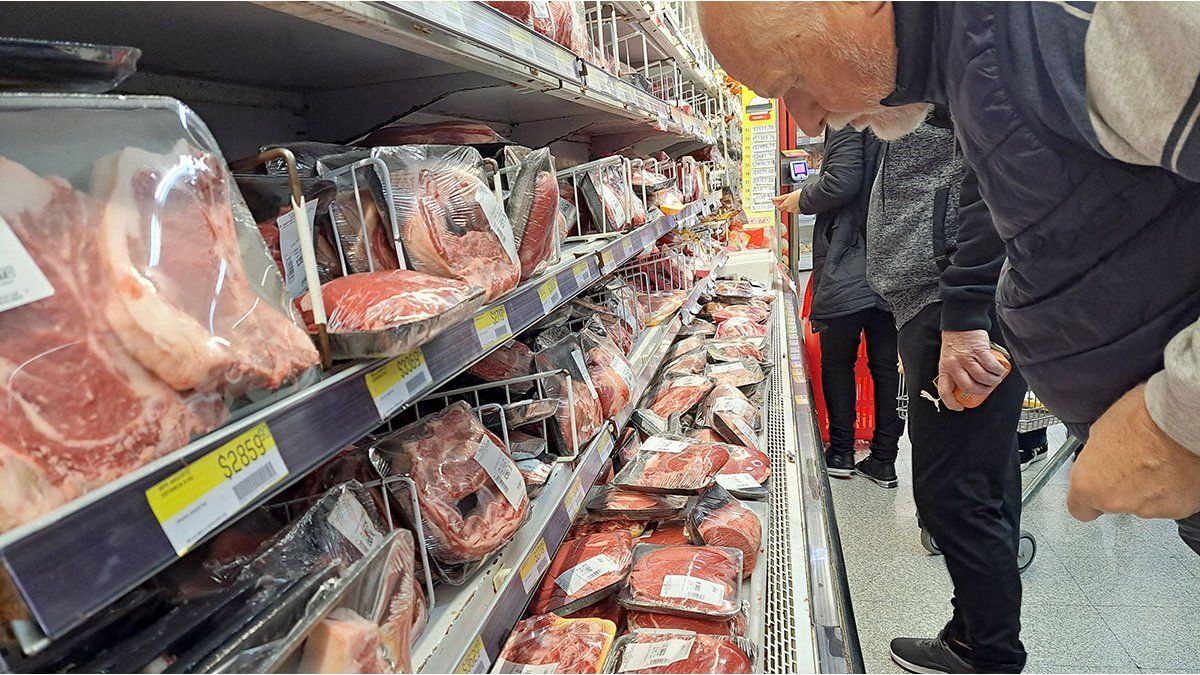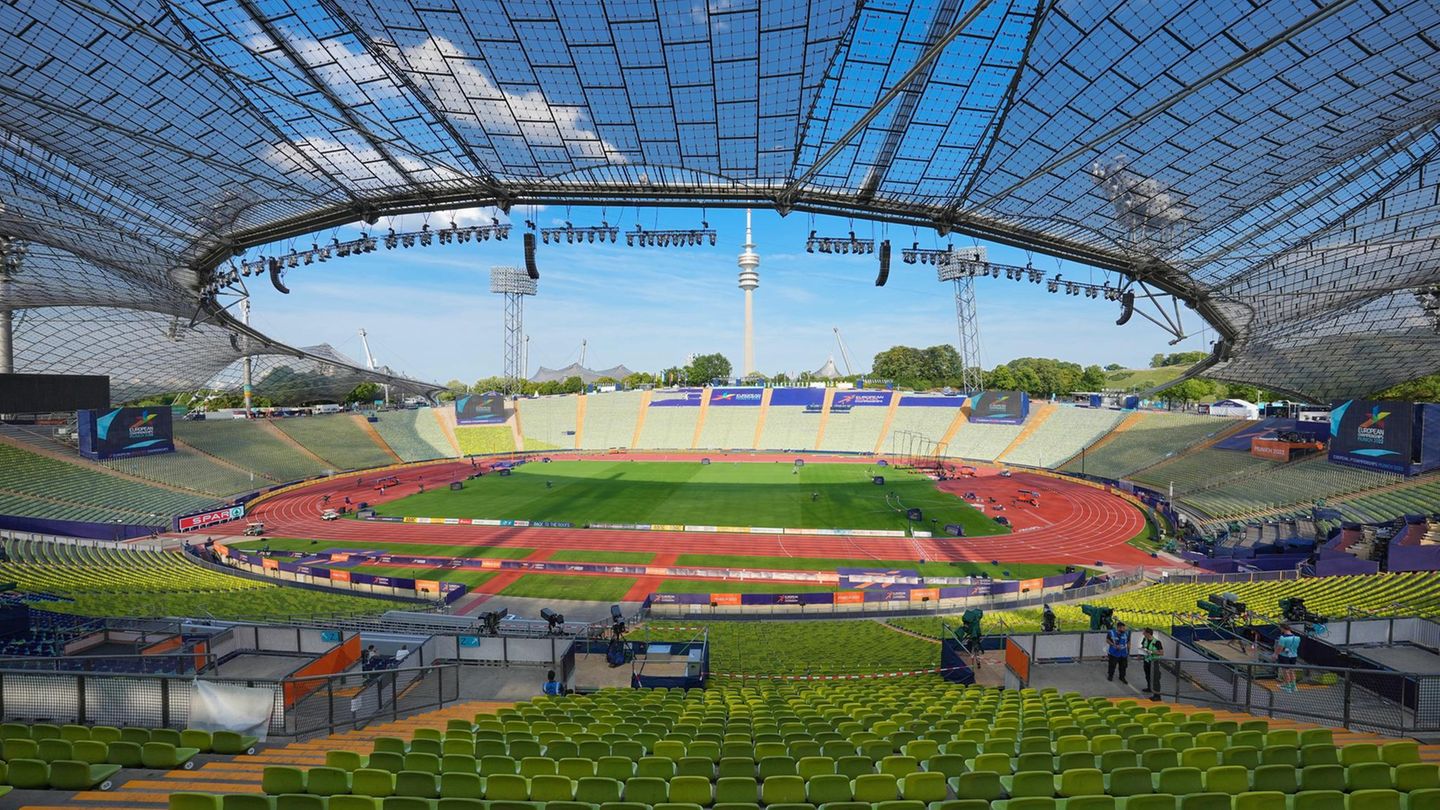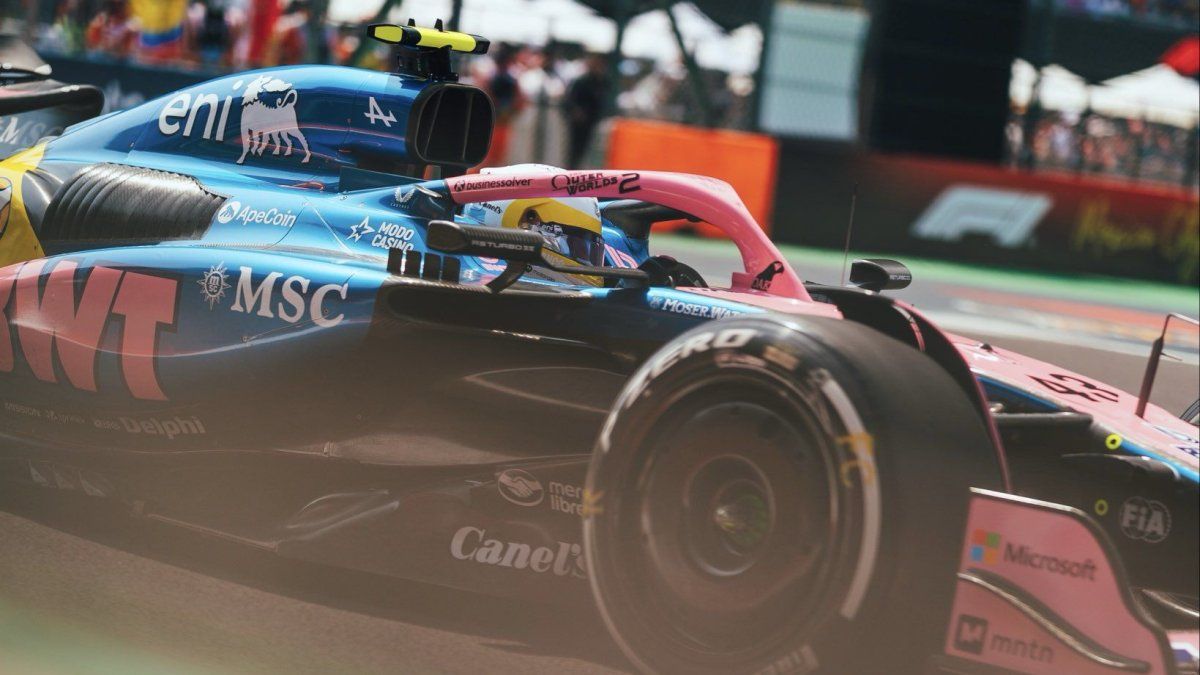In this way, since January 1 The meat processing industry can export the so-called “preferred fresh, chilled or frozen cuts”, that were prohibited from being shipped abroad by Decree 911/2021.
This measure, analysts say, could “stress” the price of meat even more in the domestic market. Not a minor fact, if one takes into account its incidence within the basic basket and that during 2023, according to different private surveys, the different cuts of beef increased above the level of general inflation.
“With these measures, the objective is to couple local prices with international prices, with which all that has been done is eliminate any tool that allows this disengagement.”. It is to be expected, in this context, that the local price will be stressed by Chinese demand,” Hernán Letcher, director of CEPA, told Ámbito, who added: “If Chinese demand is growing, as happened when meat was released in 2016, it is expected that a price increase will be seen on par with this deregulation.”
Meanwhile, when referring to prices in the domestic market, Letcher remarked that “in recent weeks there has been some volatility.” “The price of meat had risen a lot, and then it fell. But, the way I see it, the trend is naturally upward.. And in the course of a few months we will see the impact of Chinese demand putting pressure on the price of meat at the local level,” he highlighted.
In fact, according to industry data, During the first ten months of 2023, exports to China represented close to 80% of the total in volume.
For its part, regarding the evolution of the meat pricethe survey carried out by the Free Consumers group recorded an increase of 34.6% in the value of different cuts during Decemberto accumulate a rise of 270% in 2023. The roast, which rose 31.7% in the last month of the year, added an increase of 252% in the year.
Meat Inflation Supermarkets Consumption
According to private surveys, the different cuts of meat accumulated an average increase of 270% in 2023
Mariano Fuchila
Meat: higher pressure for some cuts
As livestock consultant Víctor Tonelli explained to Ámbito, the lifting of restrictions on exporting “popular” cuts It will not have a very marked impact on the “parrilleros” (the vacuum, the roast, the matambre, the roast tapa and the skirt).
“In these five cuts of the steer, young bull, heifer, veal and even fat cow, the domestic market integrates it much better and pays very well.. So I don’t see that the release will take away the supply of those five cuts from the domestic market.. Except, in the manufacturing cow, which is a small proportion of the entire slaughter, which will surely go to China with this release. It is a type of roasting and cutting that is generally not required in the domestic market,” said the specialist.
The cow manufacturingalso known as preservesis a cow that “Due to his age, he reached the end of his reproductive cycle; so they leave the rodeo and are sold destined for slaughter”.
In any case, Tonelli explained that “The reality is different for the other two cuts that were enabled: the buttock and the shoulder”. “Especially the buttockthat It is a cut in demand and well paid in the international market, for different uses. I would say that it may be that the buttock is derived a little more for export than for the domestic market. And a little bit of the palette, perhaps,” she stressed.
“So, taking into account that of the seven cuts, the fives of the grill represent 3/4 of what was prohibited to export, I do not see that there will be a great impact derived from the export of cuts that could be placed in the domestic market. Yes probably buttock and some shoulder“added Tonelli, who, when projecting what can be expected in the internal price of meat, concluded: “The rest of the releases of the quotas for exportyes they are going to give the export a competitiveness that it did not have in recent years. There I do see greater purchasing power on the part of exports than they had until now.”
Source: Ambito




